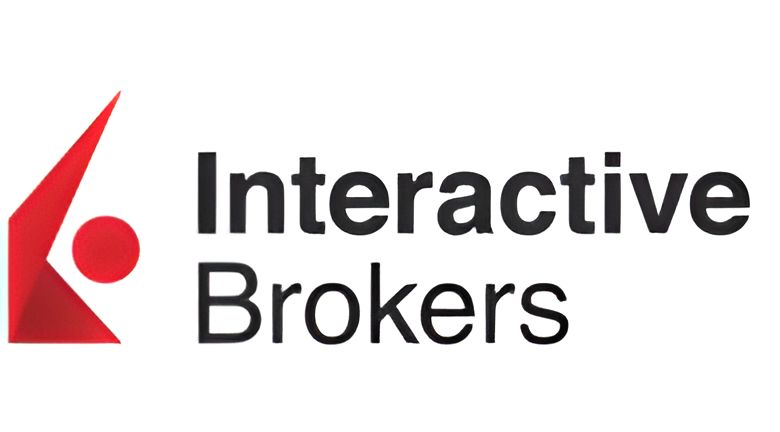
- Trade stocks, options, ETFs, mutual funds, alternative asset funds
- $0 commission on stocks, ETFs and options with no options contract fees
- Get up to $1,000 in stock when you open and fund a new account within 30 days
- Access to a financial planner
Cruise ship stocks are ownership in companies that run cruise ships and transport passengers to their destinations while offering comfort and entertainment along the way.
With a projected value of $23.8 billion in 2021, the global cruise ship industry includes more than 270 ships powered by more than 50 cruise lines.
Three companies own about 75% of the market share: Royal Caribbean, Carnival and Norwegian. The first two pay dividends to shareholders.
There are several ways you can get your feet wet with cruise line investing. You can buy shares of individual cruise stocks. Or you can purchase shares of an ETF that invests in multiple cruise ship stocks and possibly other stocks in the travel industry. Here’s how to start:



You can also invest in ETFs that hold cruise ship stocks along with equities from companies in other industries. Here are some to consider:
Cruise stocks can surge in strong economies when people have more disposable income to travel. In fact, prior to 2020, the cruise ship business was one of the fastest-growing sectors in the travel industry.
In 2018, the global cruise ship industry was valued at about $150 billion.
In 2019, it generated $5.5 billion in economic activity in the US alone, marking a 5.3% increase from 2018, according to the Cruise Lines International Association (CLIA), which represents most of the globe’s cruise ship companies.
This was fueled by a spike in people looking to take cruise vacations. In 2019, more than 1.37 million people boarded cruise ships that took off from US ports. That translated to an 8% increase from 2018 and a 26% increase from five years prior.
But downturns in the global economy and the wider travel industry can cause cruise stocks to take a major plunge.
The cruise ship industry is connected to a wide variety of businesses that help keep it afloat. For instance, cruise ships need large amounts of fuel to operate. If volatility erupts in the energy sector and fuel prices rise, it may take a toll on cruise line company earnings.
In fact, there are many sectors with the potential to impact cruise ship stocks:
And of course, travel restrictions mean fewer people on cruise ships and less money in the pockets of cruise companies — as made evident by the COVID-19 pandemic.
COVID-19 took its toll on a broad range of businesses across the globe, but one of the hardest-hit sectors was the cruise line industry.
But, with the 2021 nationwide vaccine campaign well underway, the CDC has stated that Americans are safe to travel domestically if they’ve received their COVID-19 vaccination.
And things are looking up for cruise line stocks. Major players in this sector have already begun the slow process of pandemic recovery. And some stocks, like Lindblad Expeditions Holdings, have regained everything lost through 2020 and then some — now trading near an all-time high.
This sector is working hard to regain its losses and has already initiated the slow climb to recovery.
To invest, you’ll need a brokerage account. Explore your options below.
The Finder Score crunches 147 key metrics we collected directly from 18+ brokers and assessed each provider’s performance based on nine different categories, weighing each metric based on the expertise and insights of Finder’s investment experts. We then scored and ranked each provider to determine the best brokerage accounts.
We update our best picks as products change, disappear or emerge in the market. We also regularly review and revise our selections to ensure our best provider lists reflect the most competitive available.
Cruise ship stocks took a major hit from COVID-19, but evidence suggests the industry is working diligently to recover. The extent to which it recovers and how it will take remains uncertain.
Depending on the type of investor you are, this may look like and immense risk or an opportunity. It’s important to do your due diligence and carefully analyze cruise ship stocks and your own risk tolerance before investing.
Why does it seem there aren’t many cruise ship stocks?
Only three companies own about 75% of the cruise ship market. While you may have heard of numerous cruise lines, there’s a good chance these are subsidiaries of Caribbean Cruise, Carnival or Norwegian.
What cruise ship mutual funds can I invest in?
You can invest in a number of mutual funds that have exposure to cruise ship stocks. But keep in mind that cruise ship stocks only make a small fraction of the holdings of most funds. Examples include the Vanguard 500 Index Fund (VFIAX) and the Fidelity 500 Index Fund (FXAIX).
Paid non-client promotion. Finder does not invest money with providers on this page. If a brand is a referral partner, we're paid when you click or tap through to, open an account with or provide your contact information to the provider. Partnerships are not a recommendation for you to invest with any one company. Learn more about how we make money.
Finder is not an advisor or brokerage service. Information on this page is for educational purposes only and not a recommendation to invest with any one company, trade specific stocks or fund specific investments. All editorial opinions are our own.
We dug through 60 years of Berkshire Hathaway annual shareholder letters to bring you 9 lessons from Warren Buffett: “The Oracle of Omaha.”
Our picks of the best brokerage accounts for index funds for beginners, teens, proprietary funds and more.
Cash sweep accounts let you earn interest on your uninvested cash. Learn how they work and how to choose the best one here.
eToro is a robust trading platform with an easy-to-use interface and no commissions on stocks and ETFs.
Check out our picks of the best trading apps for beginners, options traders, hands-off investors and more.
Thinking of switching from Moomoo? Here are 5 apps like Moomoo that offer valuable benefits
We’ve rounded up stats on some of the most popular graphene stocks, along with information on how they compare and how to invest.
See our picks of the best brokerage accounts, including Fidelity, SoFi, Charles Schwab, Public, Robinhood and E*TRADE .
Webull is a broker with zero-commission trading and a suite of tools to help you invest.
Here’s what you need to know about how to buy and sell stocks online in this easy to follow, step-by-step guide.